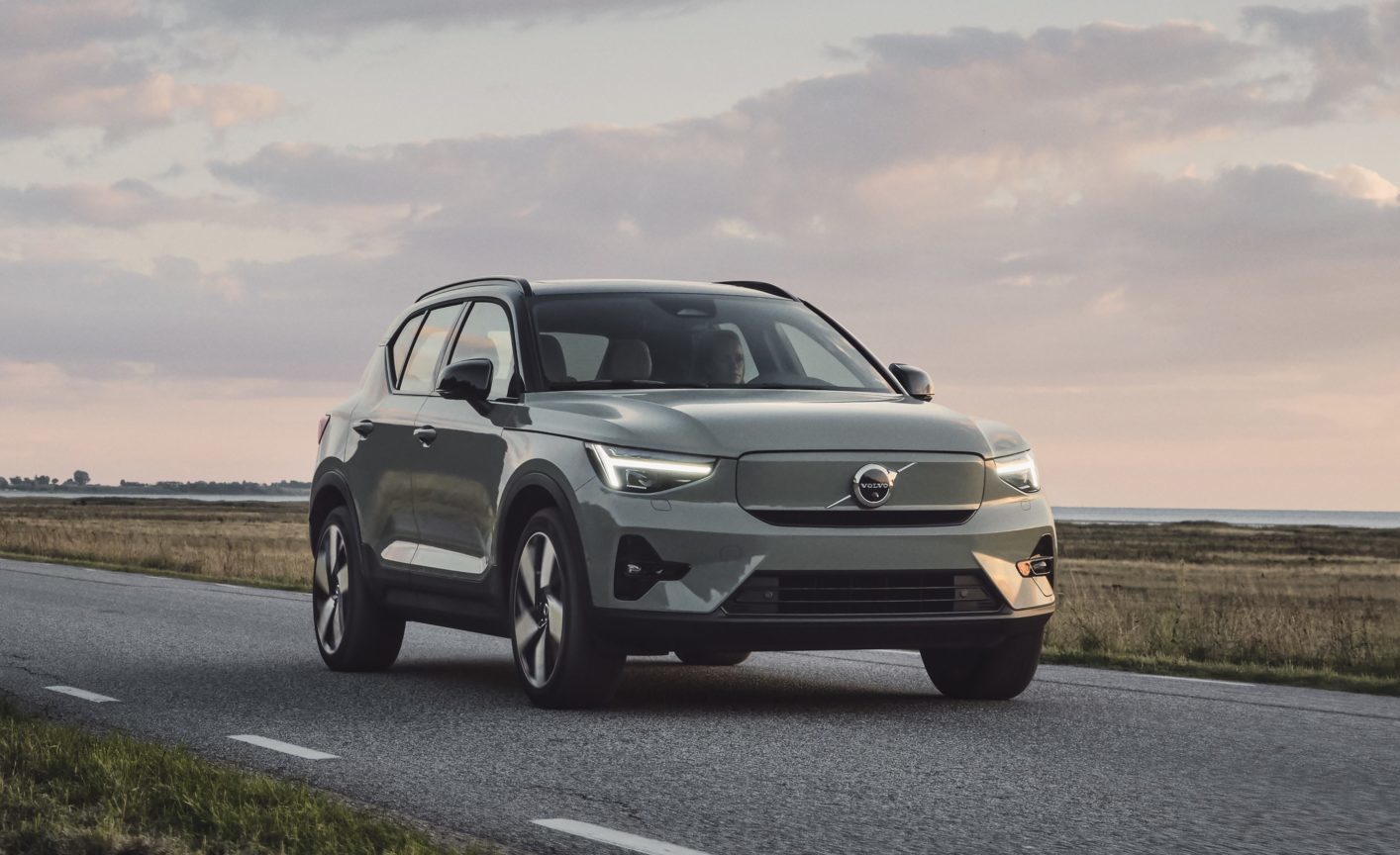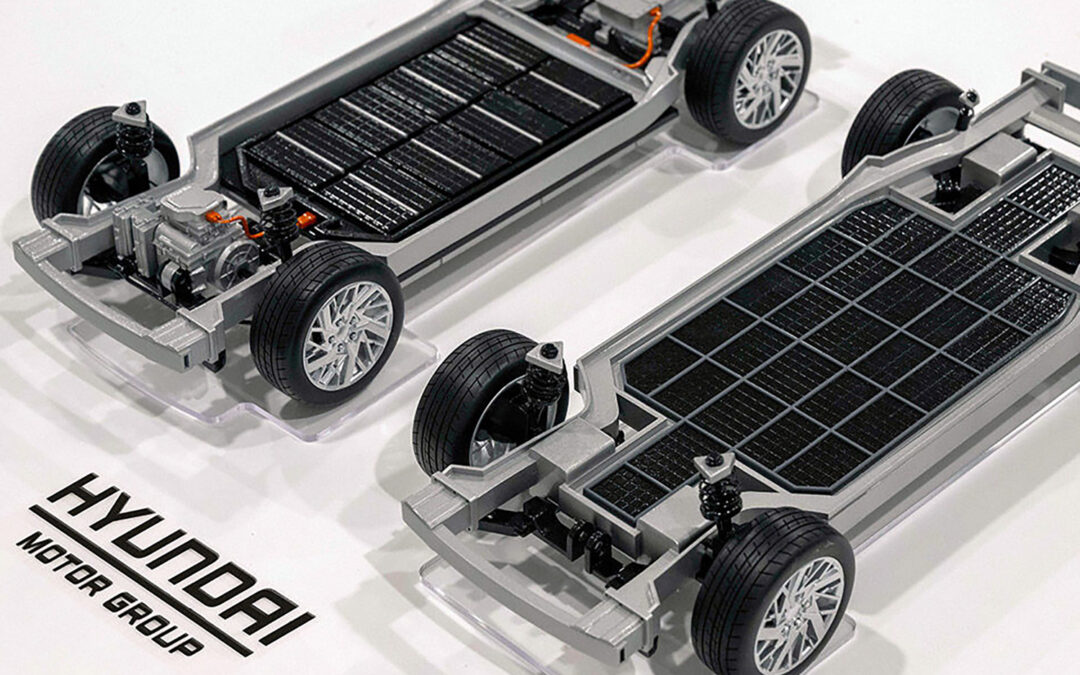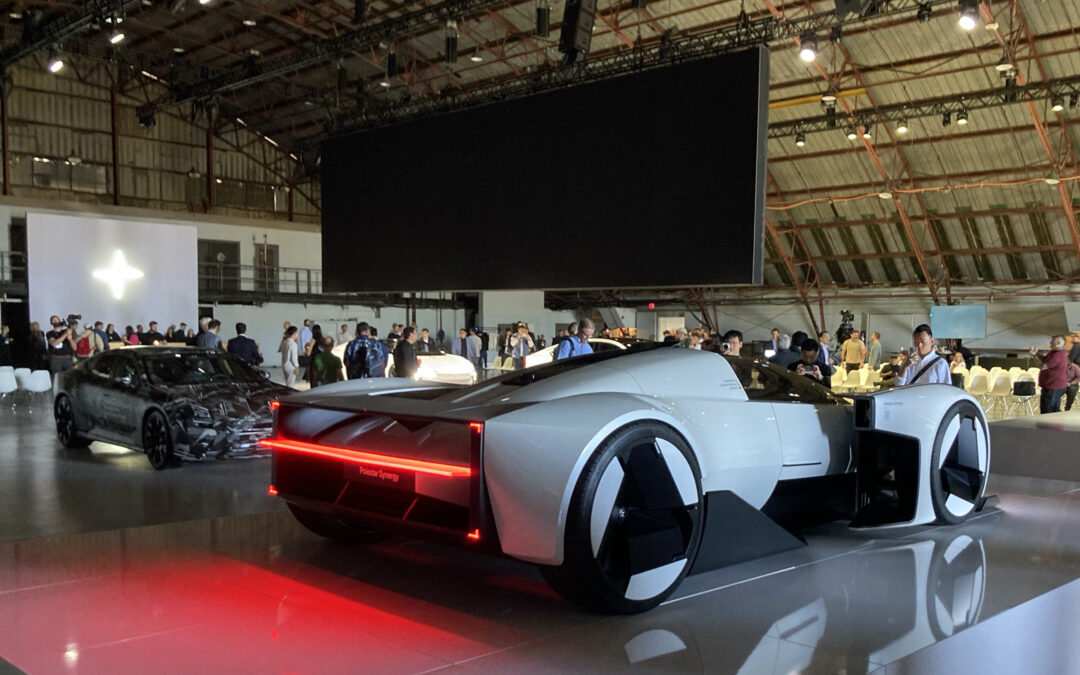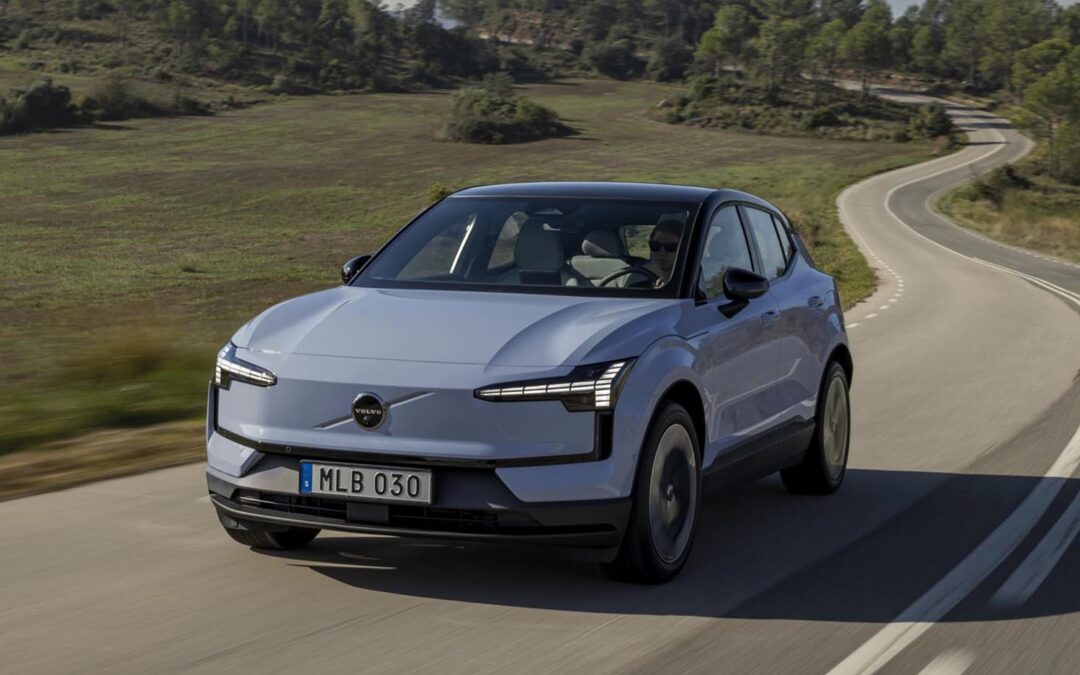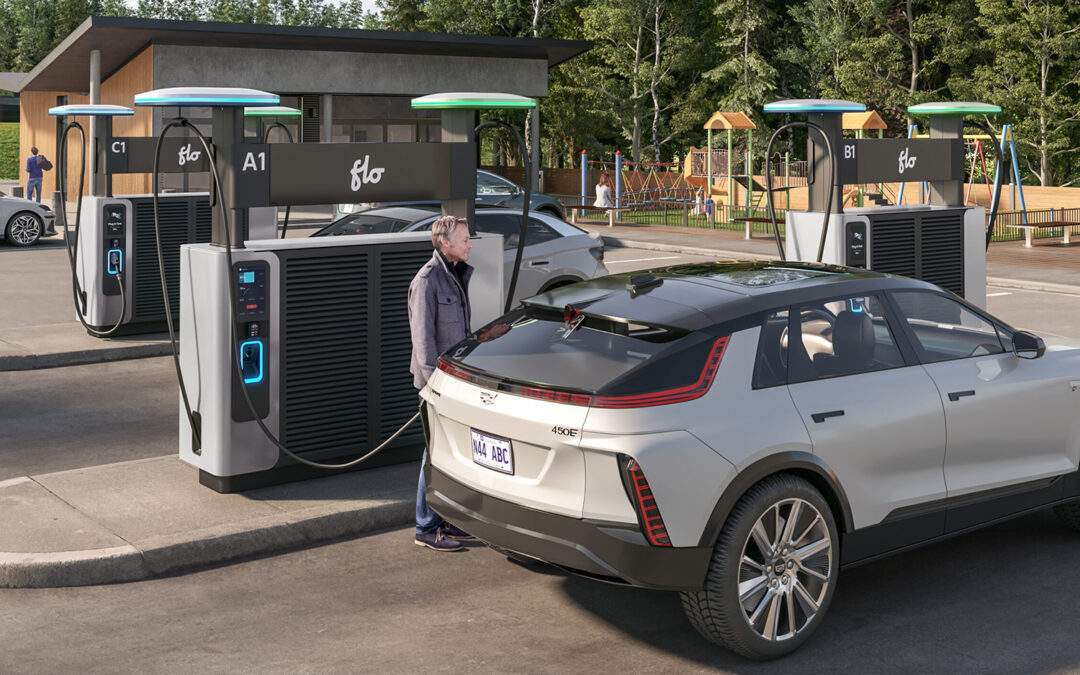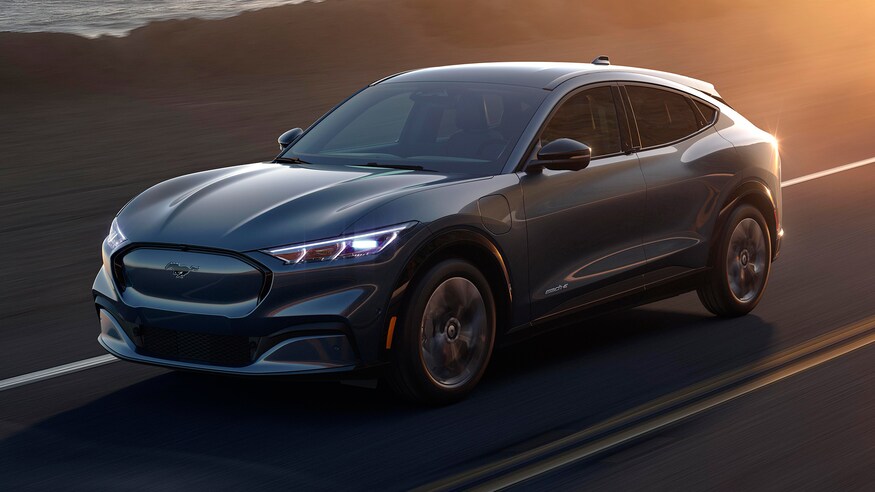In the ever-competitive race toward electrification in the automotive world, the number of available luxury options are steadily increasing.
Tesla has had a steady stream of offerings for a decade, and seems to have the highest recognition for EV’s in the auto world. BMW’s quirky i3 showed up in 2013 and while an important first step for the brand, it was more of a placeholder for future products, which we have today via the all-new iX and i4. Audi’s e-tron charged on the scene in 2019 and now comes in a CUV, Sportback and GT versions.
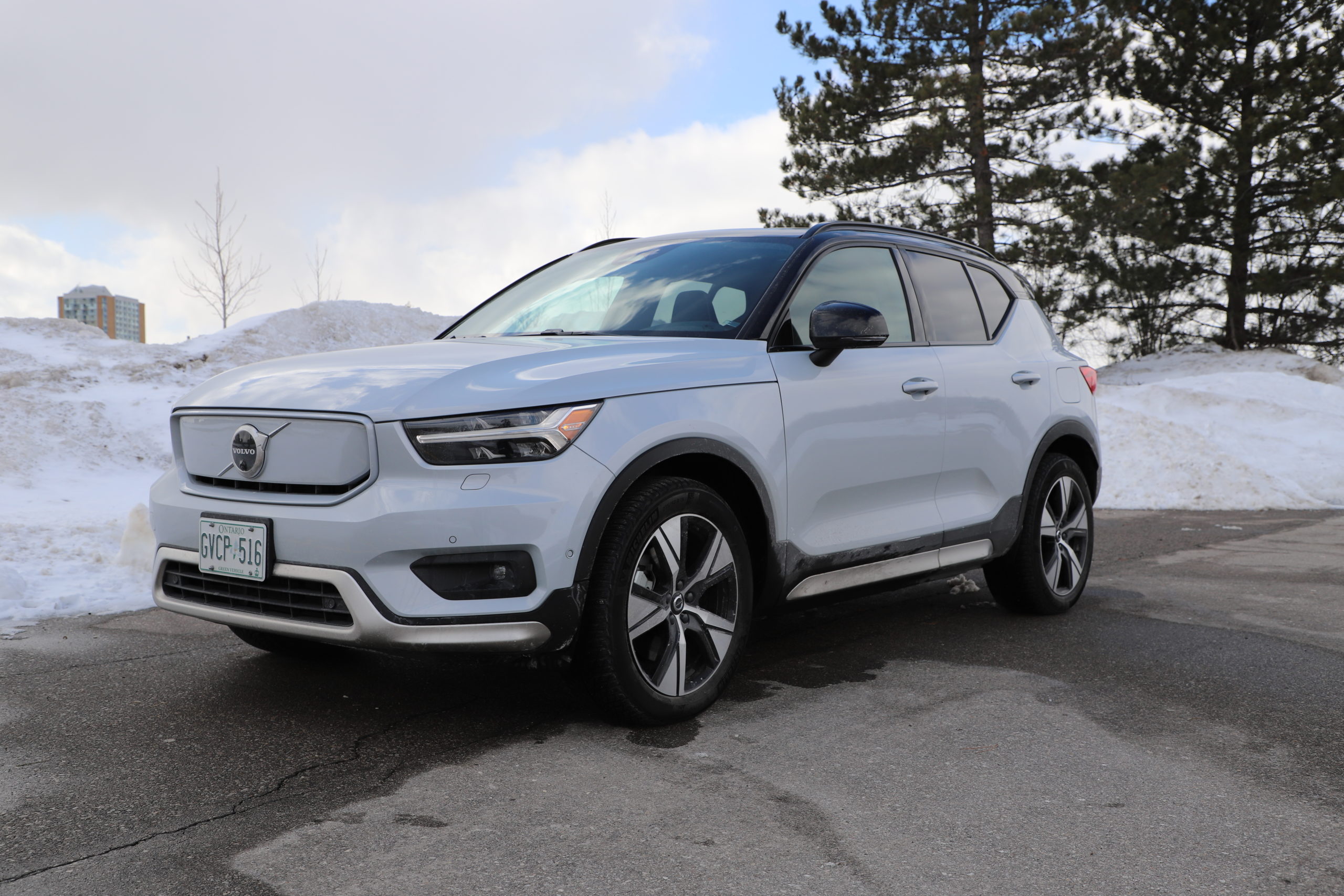
2022 Volvo XC40 Recharge / Jay Kana, The Charge
Since then, Mercedes-Benz has released their EQS, Porsche has come out with the Taycan, Volvo affiliate Polestar showed up, and Volvo themselves recently released the XC40 Recharge and C40 Recharge Acura’s debut EV will be here in 2024; Lexus and Cadillac EVs will arrive by the end of 2022. Lincoln should be electrified in the next two years.
Luxury EV drivers want the prestige, craftsmanship, driving feel and dynamics, and stature that comes with a luxury brand. There will still be a hefty premium with luxury EVs as the technology is in its infancy.
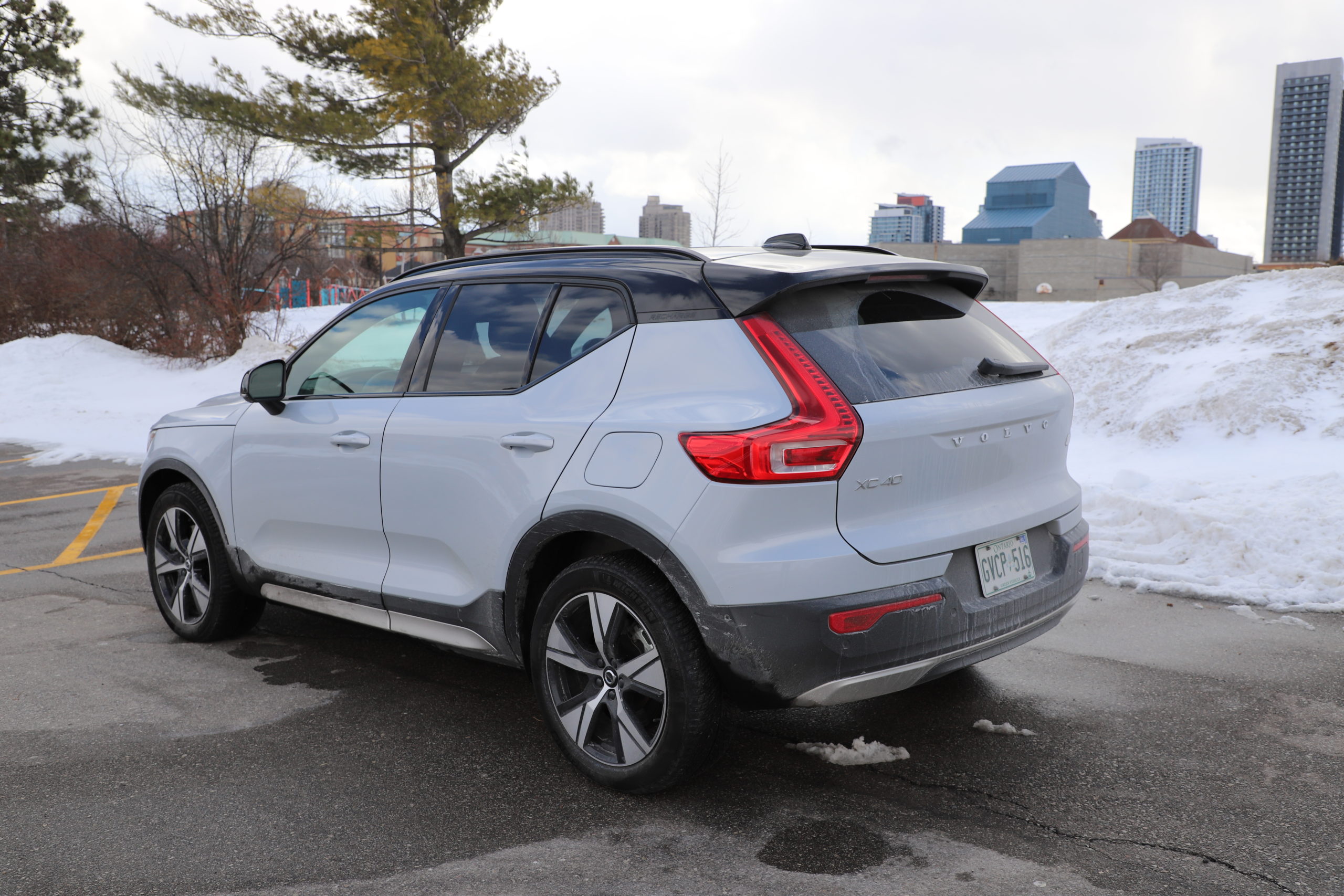
2022 Volvo XC40 Recharge / Jay Kana, The Charge
Add in the ever-increasing amount of available range and much sooner than later, luxury EVs will eliminate the dreaded “range anxiety’ and provide the full luxury car experience without a drop of gasoline/diesel. In Volvo’s case, their first fully electric car comes via the XC40 Recharge, released in autumn of 2020 as a 2021 model. Range is respectable at up to 359 km, with a 78 kWh battery, 402 horsepower and 486 lb-ft. of torque and, with an electric motor on each axle, all-wheel drive is standard. The range is on the lower side in the luxury world but on par for a first-offering in the real world.
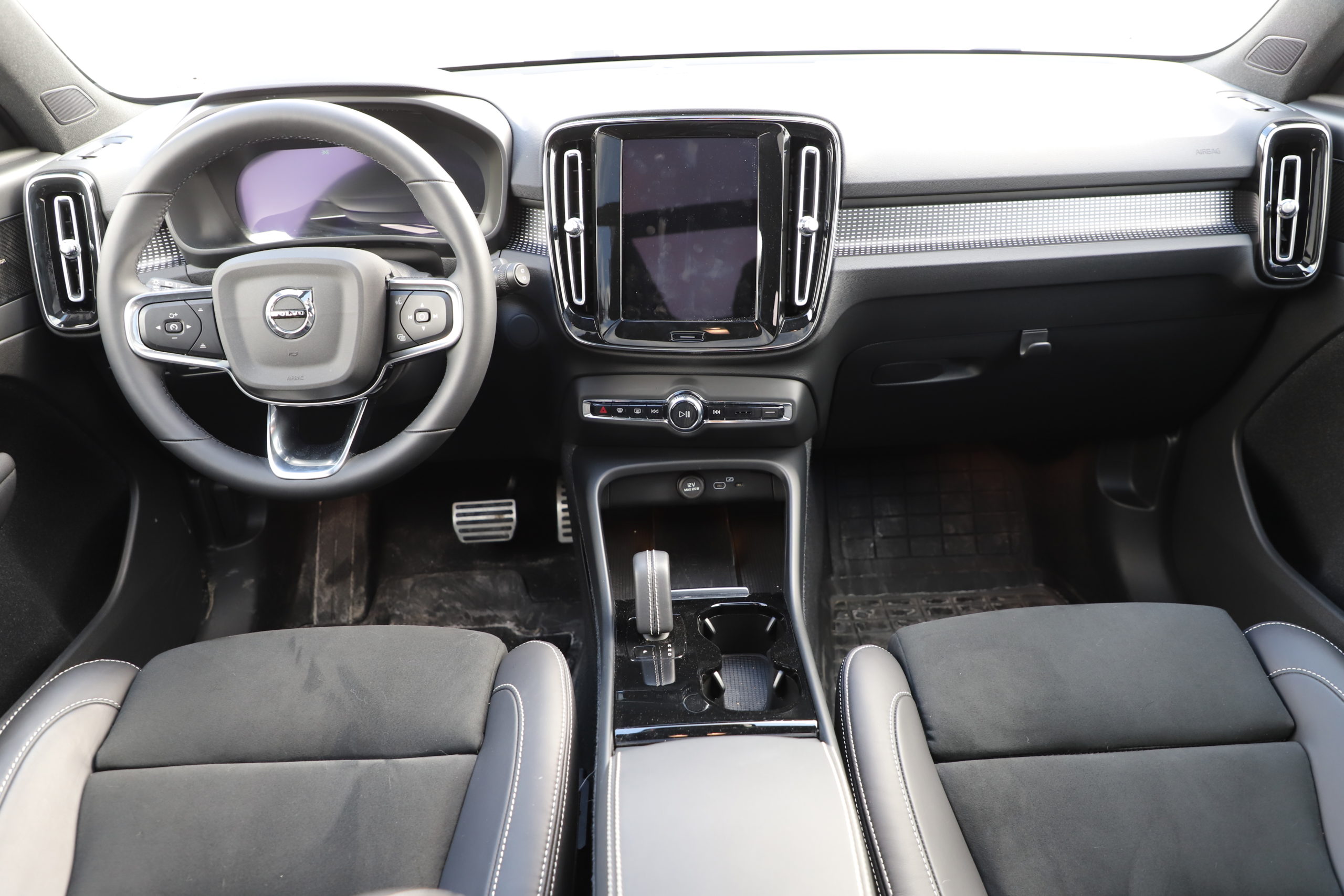
2022 Volvo XC40 Recharge / Jay Kana, The Charge
On the road, it’s agile, nimble and its small footprint makes it manoeuvrable in urban settings, which is where the majority of them will end up. Noise, vibration and harshness are minimal at higher speeds and the standard all-wheel drive from two motors isn’t as sonically intrusive as expected. Steering feel isn’t exciting or engaging but it’s predictable and plain, which in this case, ticks the right box. Corners and turns are handled well with minimal body roll for a slightly taller stance CUV and in typical EV form, the instant torque provides an enjoyable jump from a standstill and can help avoid a potential collision situation with a burst of speed when needed. Regrettably, there’s no one-pedal driving. But the all-wheel drive will certainly intrigue Canadian drivers with the extra traction during winter months.
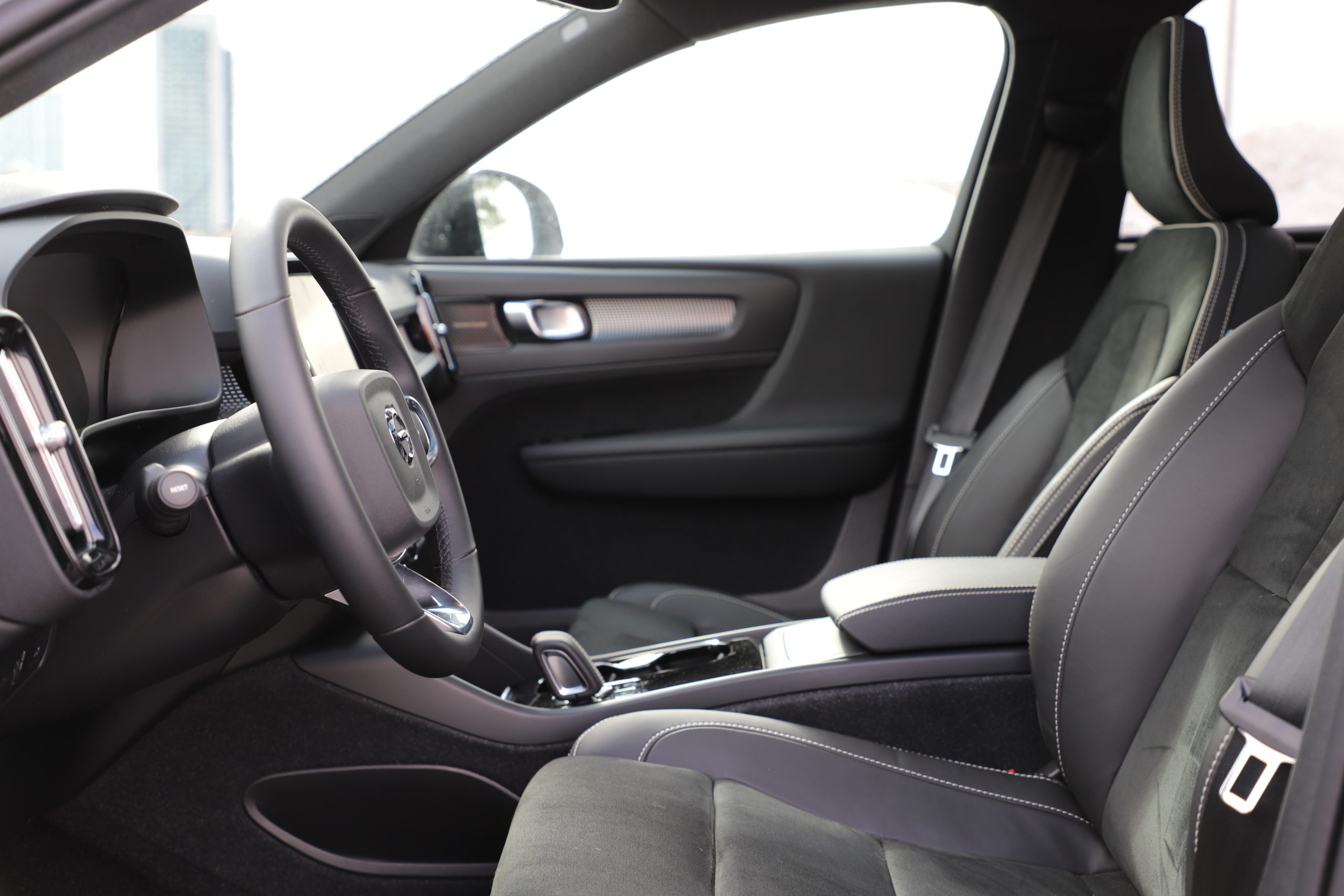
2022 Volvo XC40 Recharge / Jay Kana, The Charge
Having driven the base Porsche Taycan Cross Turismo and BMW i4 in recent months, the Volvo would be my third choice strictly based on driving impressions.
The Taycan has 375 horsepower and 369 lb-ft of torque, significantly less than the Volvo but that’s made up for with its low centre of gravity, precise road manners and a spirited drive in both rural and urban settings. It’s precision over power here.
The i4 has even lower power figures at 335 horsepower and 317 lb-ft. of torque and similar to the Taycan, it’s all in the feel behind the wheel. Replicating as much of their gasoline driving experience, the i4 sedan hugs the road and its low profile (compared to the Volvo) provides a stronger connection to the pavement, resulting in an increasingly engaged drive experience. The Volvo isn’t bad by any stretch; it’s simply not as engaging on the road. Then again, they’re driving toward city dwellers who will likely place functionality over fun.
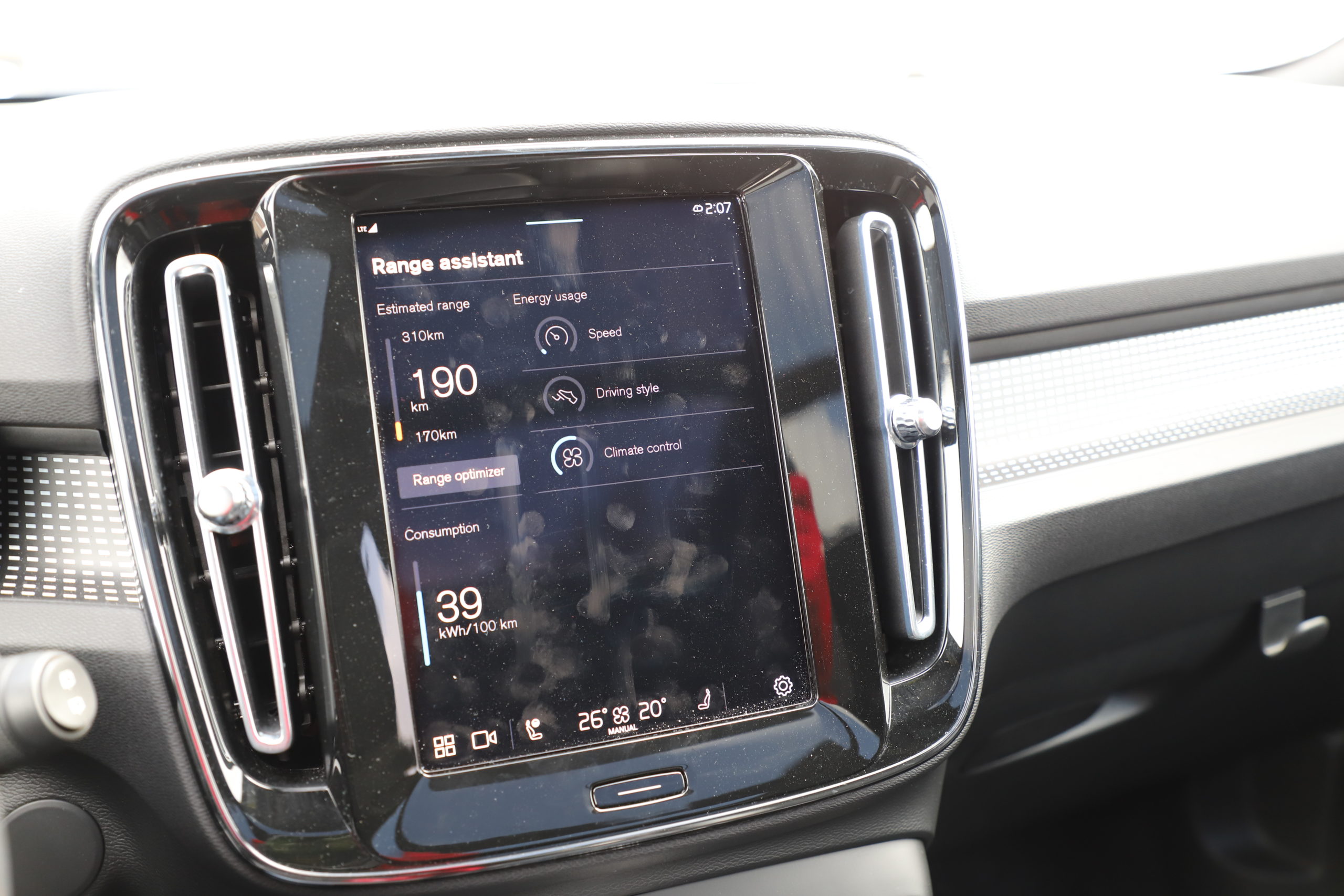
2022 Volvo XC40 Recharge / Jay Kana, The Charge
Outside, the XC40 Recharge and XC40 are nearly identical, save for a few differences, the main one being an absence of a traditional grille, no tailpipes and the word “Recharge” stamped into the C-pillar. Priding itself on minimalism, the clean design lines throughout and slightly elevated stance illustrate that simple and stylish are first and foremost. Crisp yet flowing lines help the XC40 Recharge showcase its simplicity from the Thor’s Hammer headlights to the vertical L-shaped taillights. The exterior isn’t flashy and doesn’t need to be to stand out. It’s retrofitted off an existing platform, it’s recognizable and for this niche brand, it’s a smart first offering.
Inside, the the minimalism that Volvo’s known for continues, complete with zero words on the steering wheel controls, a vertical touch screen with redundant hard touch buttons, a fully digital dashboard that strangely does not show you how many kilometres of range are remaining, (you have to dig into the infotainment screen for that) and a digital dashboard that is easy to extract information from while in motion. If you’ve been in any modern Volvo in the past decade, you’ll know what the screens look like here. The brains of the infotainment system is Android based with access to Google Maps, Google Assistant and the Google Play Store. It also features over-the-air updates to stay modern.
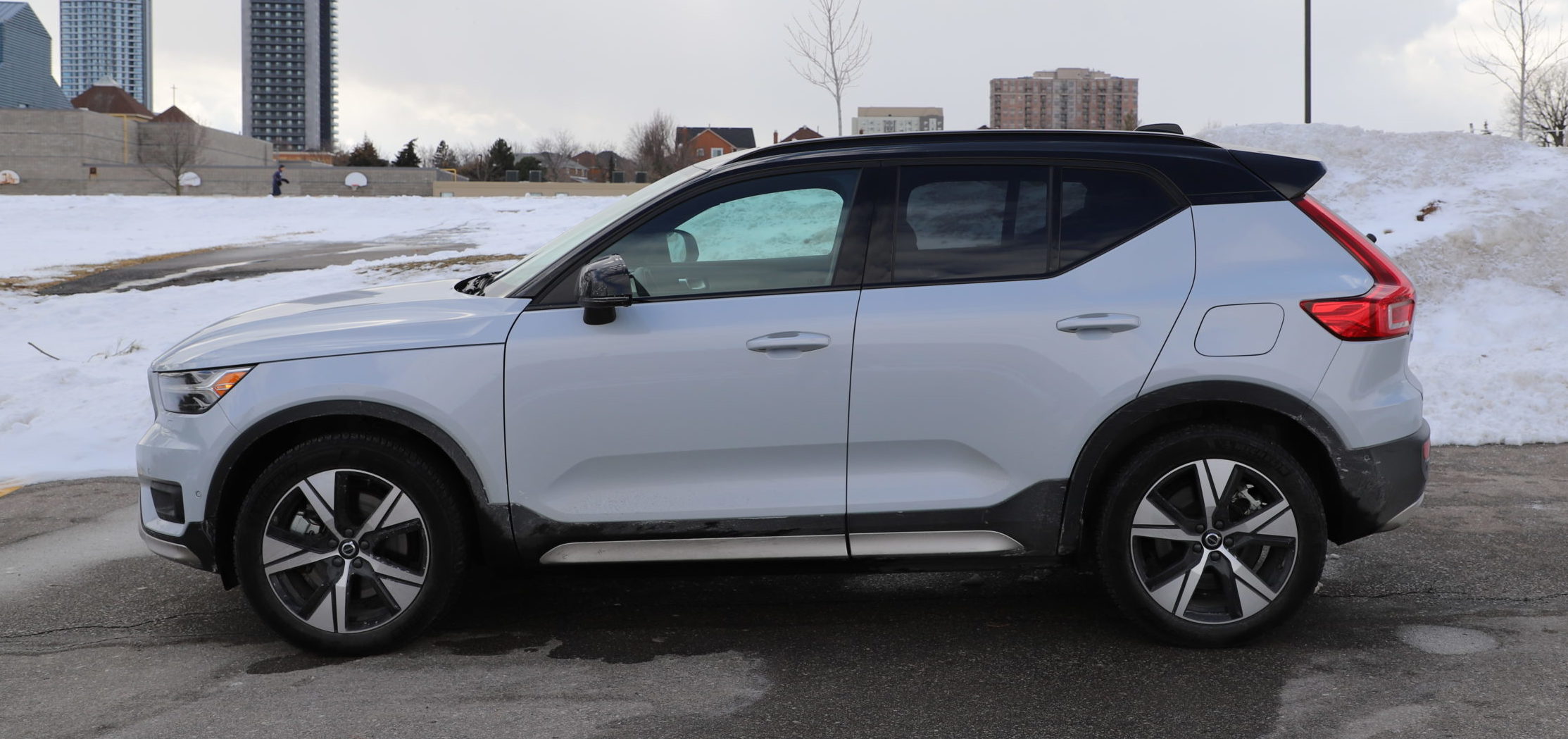
2022 Volvo XC40 Recharge / Jay Kana, The Charge
It’s quick to respond, logically laid out and despite leaving a mess of fingerprints, operates well. The issue is there’s too much reliance on it with all the HVAC controls being housed on the screen. The centre console is angled downward, which I quite like, as it gives your right arm a relaxed feeling when changing gears or using the storage bins. On the positive side, the seats are, predictably, soft, supple and thoroughly comfortable. The side bolsters are pronounced without being intrusive and the thigh bolsters are minimal but effective.
Interestingly, the carpet is partially made from recycled plastic, the door insert is made from recycled plastic bottles, and the seats contain recycled polyester. Volvo’s going strong on the sustainable materials side, which is on-brand for them and may pull some buyers that value that mentality.
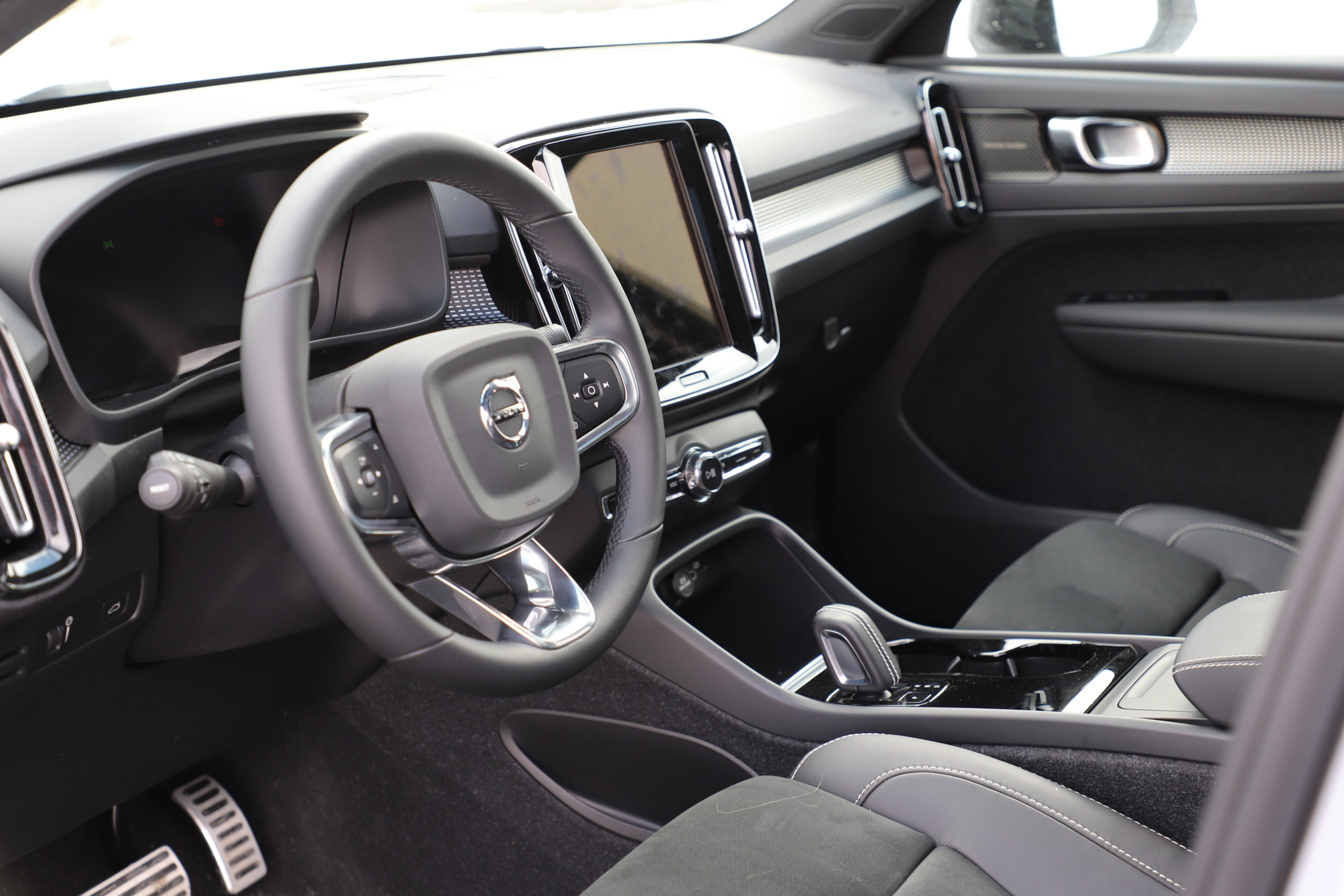
2022 Volvo XC40 Recharge / Jay Kana, The Charge
The cabin, despite its small shell, feels larger than expected as a result of clean design lines and minimal clutter. The panoramic sunroof is a welcome addition, adding to its elegance and spaciousness.
Rear passengers are welcome for shorter trips and, while the space isn’t large, those very comfortable seating materials partially make up for it.
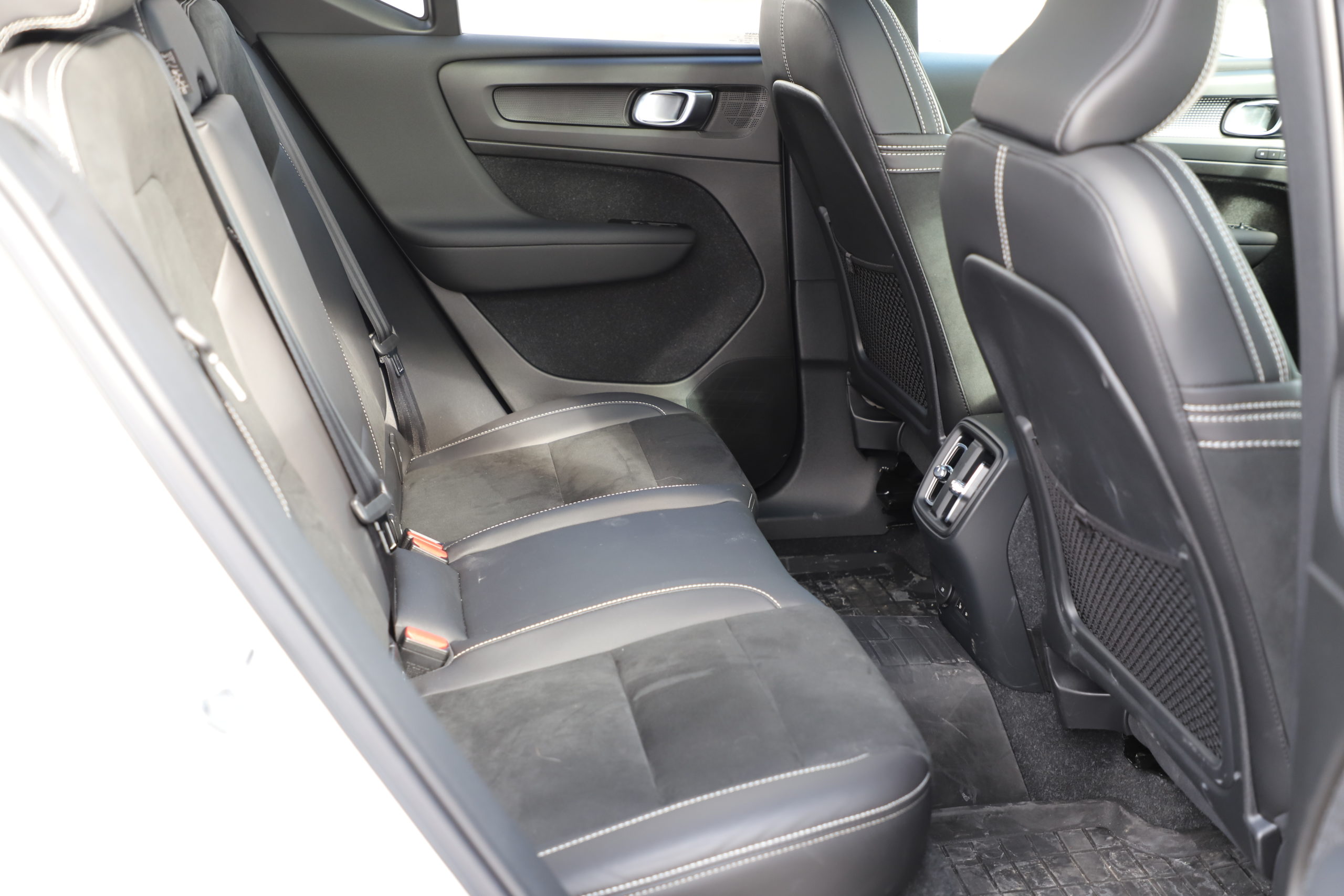
2022 Volvo XC40 Recharge / Jay Kana, The Charge
Cargo space with the rear seats up is 428L and 1,328L with the seats down, both liveable figures for an urban-based EV. As with all EVs, pricing is escalated compared to their combustion counterparts. The XC40 Recharge starts at $59,950, exactly $20,000 more than the starting price of the gasoline XC40. Charging on a Level 3 from 10 per cent to 80 per cent happens in around 30 minutes, which is similar to other luxury EVs. Level 2 charging from nada to 100 per cent can be done in around eight hours.
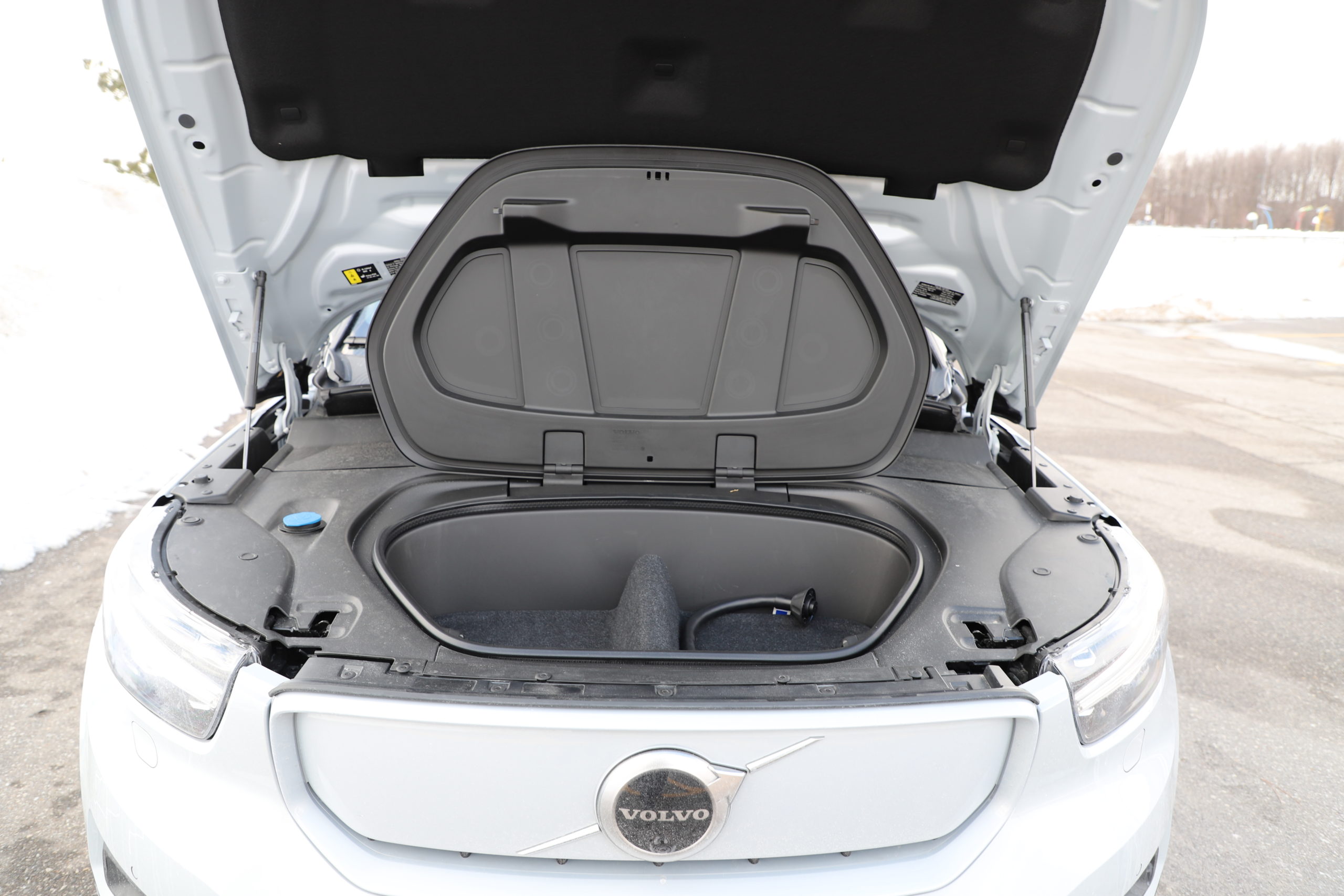
2022 Volvo XC40 Recharge / Jay Kana, The Charge
Overall, Volvo’s first dip into the all-electric world was a safe one via their then-smallest offering, as the smaller C40 EV (with the same power specs as the Recharge) is now available. In the proverbial luxury EV table, the XC40 Recharge certainly does deserve a seat and, for the driver who focuses on simplicity, functionality and minimalism in their vehicles, this should be on their short list.
